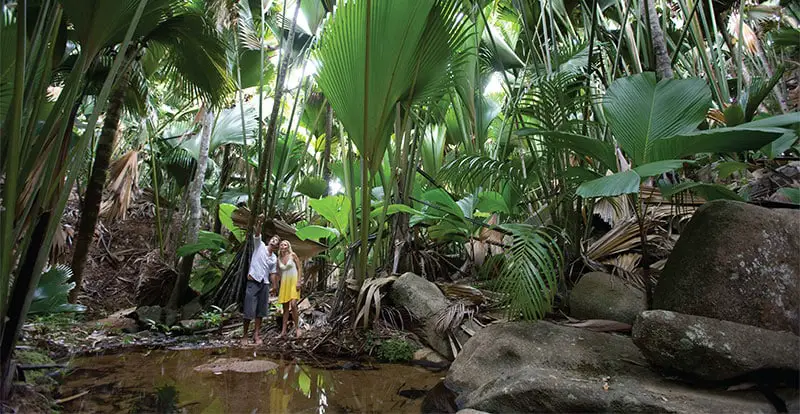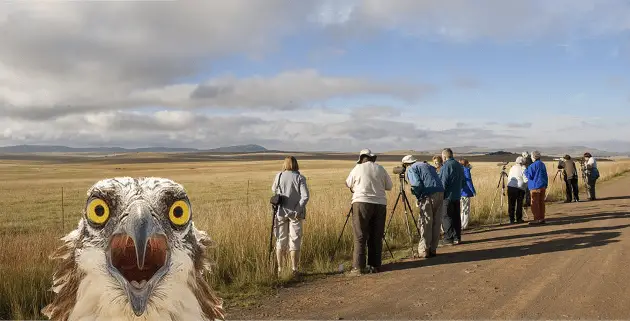Food Tourism: How to Get your Slice of the Pie
Food tourism is all the rage. Just look at the last decade’s vast surge in consumer interest in food and cooking as documented by popular television shows. So how do you leverage this upward trend to get your slice of the pie? By Erik Wolf.
What is food tourism?
At the most basic level, food is a quintessential component of local culture – just like art, music, architecture, film, literature and so on. Unique and memorable food and drink are exciting and even essential components of travel for most people today. Simply put, we define food tourism as the pursuit and enjoyment of unique and memorable food and drink experiences, both far and near.

We say “food tourism,” but drinking beverages is an implied and associated activity. It is also cumbersome to say “food and drink tourism.” And by “far and near,” we mean that in addition to travelling across the country or world for food and beverage experiences, we can also be food travellers in our own regions, cities and neighbourhoods.
If you rarely leave your neighbourhood and travel across town to a new neighbourhood to go to a special grocery store or to eat out, you are also a “food traveller.” The distance covered is not as important as the fact that food travellers are explorers and we’re always looking for our next unique experience.
You may have heard the terms “culinary tourism,” “gastronomy tourism,” and even “wine tourism.” The World Food Travel Association had previously used the phrase “culinary tourism” to describe our industry. We replaced that phrase with “food tourism” in 2012 because our research indicated that using “culinary” gave a wrong impression. While “culinary” technically can be used for anything relating to food and drink and initially seems to make good sense, the perception among the majority of English-speakers we interviewed is that the word “culinary” is elitist.
Nothing could be further from the truth about what our industry and our Association stand for. “Food Tourism” includes the food carts and street vendors as much as the locals-only (gastro)pubs, dramatic wineries, or one-of-a-kind restaurants.
Food travellers engage in a wide range of activities beyond the feeding of three meals per day. Cooking classes, food tours, wine and beer tastings and even visits to grocery and gourmet stored all rank high on the foodies’ to-do list. Food and beverage tourism is about so much more than dining out and wineries. Even the catering at a corporate event can be considered food tourism if the catering is designed for maximum impact.
Why promote food tourism?
The real value of promoting food tourism is the massive role it plays in driving economic development. We know that visitors spend on average 25% of their travel budget on food and beverages (tax revenue is additional). Without doing expensive, time-consuming research, you can estimate their expenditure for your area if you have data on how much tourists spend overall in your area. Twenty-five percent is significant.
Food tourism is also an excellent way to foster positive word of mouth. Do you want visitors returning home with memories of chain coffee and hamburgers or do you want them returning as fans raving about the new and different tastes that they experienced? Even better, send them home with stories to share of their culinary experiences in your area, aided by the proliferation of smartphones and the attendant apps like Instagram.

Responsible & Sustainable Tourism
When it comes to measuring food tourism’s impact, we also need to look at how much money stays in the local economy. Many tourism marketers look for a spending multiplier. According to the American Independent Business Alliance, chain restaurants recirculate only 34.5% of revenue, while locally-owned restaurants recirculate 65.4%. In other words, money spent in independently owned restaurants is nearly twice as valuable to the community as cash spent in chains, because more of the money stays in the community. Chains have a benefit, namely a predictable meal at a predictable price. The golden egg, however, is when more money stays in our local communities. This is good for local businesses and local governments alike.
Marketing food tourism
Travellers use a wide variety of information resources to help them make the right food and drink choices. A tourism office is often, but not always, a resource used by visitors. Solid content marketing and a bullet-proof brand message are two tools that should be in your toolbox.
Technology is important too, but it changes rapidly. Have you considered what technology tools are emerging in the next year or two that will help us all reach not just more customers, but also the right customers?
And beyond that, what is coming down the pike for the food tourism industry in general? Have you heard of the Food Tourism 2025 initiative? Incidentally, these forward-looking topics will be covered by industry experts at the biennial FoodTrekking World food tourism trade convention, which is taking place this April 2-4 in Portland, USA. It’s the world’s largest gathering of food and beverage tourism professionals.
A restaurant guide that includes global brands that visitors can find on their own does not help them to discover your area’s best, nor does it greatly impact your local economy. Why do you think people spend so much time snapping photos of their meals? We’re a food-obsessed culture, and thank goodness for that. So, give your visitors what they want. Remember, it’s not a meal, it’s a memory.
So, go get your slice of the food tourism pie by giving visitors what they want. Remember, it’s not a meal, it’s a memory.
2017 Foodtrekking Awards
Businesses and organizations interested in applying can do so on the Awards website at www.FoodTrekkingAwards.org. Applications are being accepted until February 28, 2017, when the application process will close. Winners will be announced at a special Awards ceremony at FoodTrekking World.
About the author: Erik Wolf is the Executive Director of the World Food Travel Association and the visionary founder of the world’s food tourism industry. He is a highly sought speaker, thought leader, strategist and consultant, in the US and abroad, on food and drink tourism issues. For more info visit www.worldfoodtravel.org


